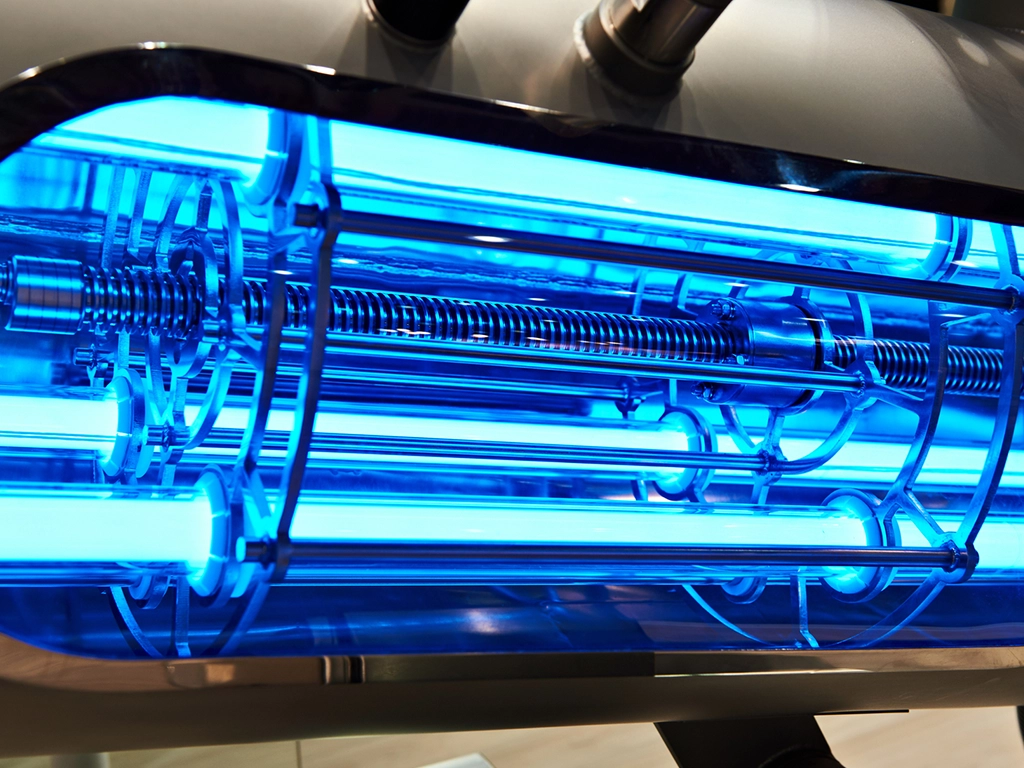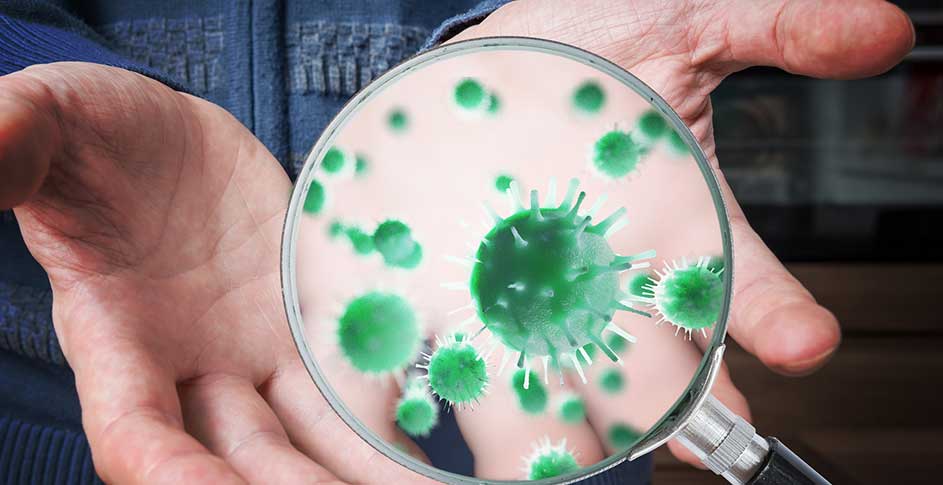Like anyone on the cutting edge of technological development, we have our share of academic critics. One common refrain shouted at any journalist who will listen is that we are “PCO purification” and “PCO purifiers are dangerous.” This criticism, like many false assumptions, is based on incomplete information. Let’s correct the record on PCO purification and explain why ActivePure is different.
What is PCO Purification?
PCO stands for Photocatalytic Oxidation.
- Photo: (i.e., light) In the case of photocatalysis, this usually means ultraviolet light.
- Catalytic: (i.e., related to catalysts) A catalyst is a substance that speeds up a chemical reaction without being used up in said chemical reaction (for instance, the platinum, rhodium, and palladium in your car’s catalytic converter.)
- Oxidation may be defined as “a process in which an electron is removed from” and/or oxygen is added to “a molecule during a chemical reaction.”
To pull it all together, Photocatalytic Oxidation describes a process in which UV light, shining on a catalyst, produces reactive molecules, which are used for indoor air purification.
As an article published in Nature Communications explains, “The photocatalyst process has some intrinsic similarity to the self-cleaning mechanism in Earth’s atmosphere in that both are based on indirect (sensitized) photooxidation to generate in situ oxidants in air.” When sunlight strikes water vapor, it produces molecules that break down mold, bacteria, viruses, and certain pollutants in the atmosphere. PCO purifiers are designed to create similar reactions indoors, purifying indoor air and surfaces.
A Brief History of PCO and Its Critics
In 1972, University of Tokyo student Akira Fujishima discovered that titanium dioxide (TiO2) — a pervasive substance also used in cosmetics and dyes — when exposed to sunlight, can act as a catalyst for oxidative reactions. This discovery became the basis for a new purification technology. In the 21st century, however, TiO2-based PCO began to gain a (somewhat deserved) unsavory reputation for 3 reasons:
1. VOC Gases: In 2015, scientists at Concordia University in Montreal discovered that PCO reactions — in the process of breaking down VOC gases — could also create new VOC gases such as formaldehyde. Per a literature review published in the journal Molecules, “PCO of VOCs consists of a chain of stepwise reactions; that is, they take more than one elementary step to complete.” In other words, VOC gases break down into other VOC gases before they become nonreactive substances such as carbon dioxide. If the PCO’s catalyst doesn’t have sufficient surface area, this process may end prematurely.
2. Ozone: Since PCO often uses UV light, it poses a higher risk of producing ozone (O3) — a molecule harmful to human health.
3. TiO2 Concerns: Per a 2011 article in Radiology and Oncology, “Based on the experimental evidence from animal inhalation studies TiO2 nanoparticles are classified as ‘possible carcinogenic to humans’ [sic] by the International Agency for Research on Cancer and as [an] occupational carcinogen by the National Institute for Occupational Safety and Health.”
When these critiques received public attention during COVID, some scholars irritably implied that air purification technology shouldn’t ever have attempted to advance beyond the fiberglass filter. However, none of the obstacles PCO faced were unbeatable.
Less cynical scientists and investors had been preparing themselves to solve these exact issues. And at least one descendant of early PCO had already solved these problems before concerns began to appear to the public: Photohydrolysis a.k.a. ActivePure® Technology.
“Fixing” PCO: The Journey to Photohydrolysis
As we explain in our company history, ActivePure® Technology diverged from traditional PCO around 1990:
“The Wisconsin Center for Space Automation and Robotics (WCSAR) works with the NASA Marshall Space Flight Center to solve the problem of ethylene build-up on space shuttles[...]Under the leadership of Dr. Marc Anderson, the team develops a device known as the ethylene scrubber (based on titanium dioxide photocatalytic oxidation or PCO.)”
In 2008, ActivePure (then called Aerus) acquired a later generation of the ethylene scrubber called Radiant Catalytic Ionization (RCI.) RCI was targeted toward not just ethylene but also viruses, bacteria, mold spores, and other VOC gases. Our research team — aware of the shortcomings of early PCO — spent eight years improving this already advanced technology. By the time we were inducted into the Space Technology Hall of Fame in 2017, the company had already overcome all three of PCO’s main disadvantages:
1. VOC Gases: ActivePure solves the issue of VOC gases created as a byproduct with its proprietary honeycomb catalyst shape and formulation. In 2013, the ActivePure/Aerus Medical Guardian operated for [8] hours in a non-ventilated chamber while the levels of many common VOC [gases] remained either undetectable or the same as outdoor levels (“Aerus Medical Guardian Organic Oxidation Byproducts,” 2013.)
2. Ozone: The problem of ozone production turned out to be as simple as pairing the correct UV wavelength with the correct bulb coating. As we explain on our FAQ page, “The California Air Resource Board (CARB) requires that air cleaning devices do not produce more than 0.05 ppm of ozone. At least [7] devices containing ActivePure Technology are certified by CARB. The Aerus Beyond Guardian Air, for instance, has been shown to produce a peak ozone level of 0.0008 ppm — less than 0.02% of CARB’s permissible limit.”
3. TiO2 Concerns: All we needed was a catalyst formulation that didn’t shed titanium dioxide nanoparticles. Testing our devices in a real-world environment, one third-party lab concluded, “In all cases, TiO2 levels were found to be below levels of concern” (“ActivePure Technologies: Risk Assessment”, 2022.)
This new and improved technology was so many generations removed from the original PCO (or even RCI) that it needed a new name. After much debate, we settled on the terms “photohydrolysis” or simply “ActivePure Technology.” Having great confidence in this new purification technology, we renamed our company after it in 2021.
Because this new technology is proprietary, critics find it easy to conflate with PCO. Many of our studies were conducted by third-party labs that hope to publish peer-reviewed papers; thus, we’ve been selective in how much data we release on our website while those publications are pending. However, ActivePure still offers plenty of results for public review. Our Scientific Proof Page is an excellent place to begin.



